Effects of wildfires: Positive, Negative, Examples
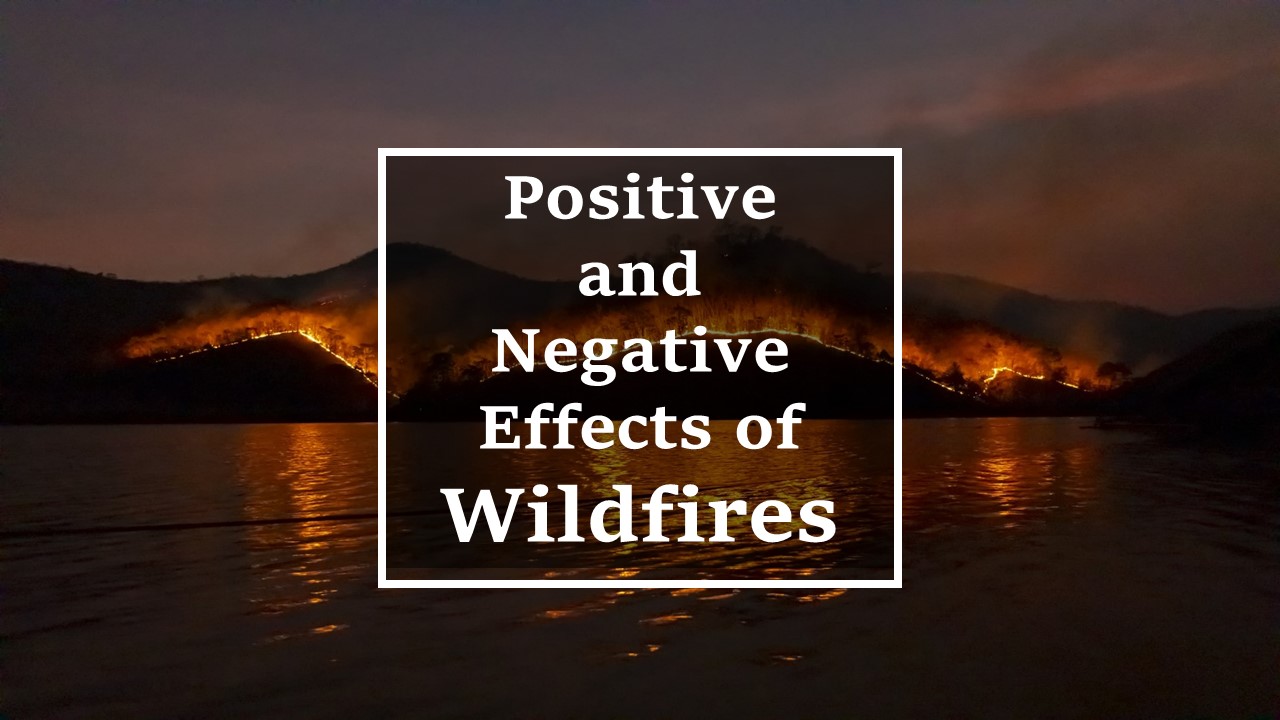
Effects of wildfires can be both positive and negative.
Wildfires are natural events that have shaped our natural environment. In the past, fire regimes occurred every 5-30 years creating a mosaic of vegetated land. This cycle is in fact so ancient that some plants evolved means to use it to their advantage. Some species like oak have bark that resists fire damage while some species have cones that open only after a wildfire.
But eventually, the human population grew and we moved closer to forests, brushlands and other wildlands where wildfires occur naturally. Even now, people are choosing to live in the wildland-urban interface where such disturbance is common. As a result, wildfires damage our property and people die.
Positive effects of wildfires
1. Wildfires enrich the soil
In general, after a fire event, ash becomes an important source of nutrients for the soil. Research shows that after a wildfire, ash sediment usually contains calcium, magnesium, potassium and phosphorous [1]. The exact proportion of each element of course depends on the composition of the fuel and burning temperature.
Form nutrient reservoir
If rainfall does not wash away the ash, it can form a nutrient reservoir for plants to grow. This is especially important for species that require fire to germinate like Eucalyptus. Ash thus provides a source of nutrients for them to grow.
At the same time, wildfires kill soil microorganisms. They often compete with seedlings for nutrients and may cause diseases.
Form peat
Also, wildfires often leave behind thick layers of ash and carbon on forest floors. These eventually decompose to form peat in marshes and peatlands.
Peat is basically a mixture of organic matter that accumulates in the soil. It develops mainly where the soil has high water but low oxygen content. Peatlands are common in Canada, Russia and Indonesia.
2. Help plant species to reproduce and grow
As wildfires have occurred since trees evolved, many species actually adapted to the phenomenon. There are many plant species today that depend on fire episodes to reproduce. In fact, if we remove fire from their natural environment, they might go extinct.
Some seeds germinate when products of combustion are present
Some seeds only germinate when products of combustion are present like ash and smoke. Examples include the alder trees (Alnus glutinosa), the Italian buckthorn (Rhamnus alaternus) and the Clematis (Clematis vitalba).
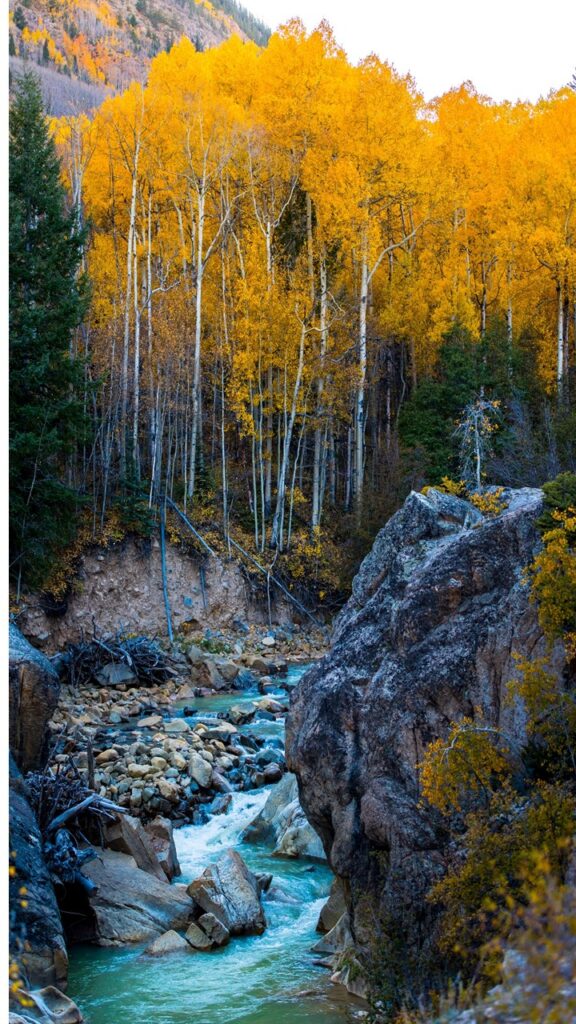
Fire melts thick resin on seeds
Additionally, a thick resin covers the seeds of some tree species that only fire can melt. An example is aspen. Here, fire releases an enzyme in the seeds that cause them to grow. An aspen tree can actually produce around one million sprouts per acre after a wildfire. At the same time, these sprouts provide food to moose and elk.
3. Wildfires shape ecosystems
As a matter of fact, wildfires help to shape many ecosystems around the world.
For example, prairies re-grow beautifully after a fire event. This is because grasses that dominate the prairie ecosystem have 90% of their biomass deep into the soil. So, fires do not affect them. Native Americans understood the importance of wildfires in prairies very well.
4. Wildfires clear the forest floor
Likewise, wildfires also clear the forest floor. Fire removes surface litter and debris converting them into nutrients.
Crown wildfires also remove foliage and leaves, thus allowing sunlight to reach the ground.
Fire-dependent species thrive
As a result, with more nutrients and sunlight, new plants can grow. There is less competition for nutrients, sunlight, water and space allowing fire-dependent species to thrive.
Provide food for animals
Eventually, as these shoots grow, they provide food for animals like moose, deer and bison. Research in the boreal forests of Quebec, Canada, shows an increase in the number of black bears following wildfires. This is because berries become abundant which is an important part of the diet of black bears [2].
5. Wildfires provide habitats for animals
Research also shows that following a wildfire, a number of animals also colonize the burnt area. In fact, many insects benefit from fires that kill predators, expose soils and provide nutrients.
Wood boring and bark beetles actually depend on freshly dead trees for their life cycles.
Some fire-loving (pyrophilous) species have special adaptations to tract burnt habitats. It can be in the form of fire or smoke detection.
Increase in birds following a forest fire
Several bird species also find homes in burnt forests. It includes ground-nesting birds like the Hermit Thrush, flycatchers and American Robin.
Birds that live in cavities such as woodpeckers also increase following a forest fire. In fact, the Black-backed Woodpecker (Picoides arcticus) is an important species that create cavities in burnt wood. Other birds that cannot build cavities but require them for breeding can eventually live in them.
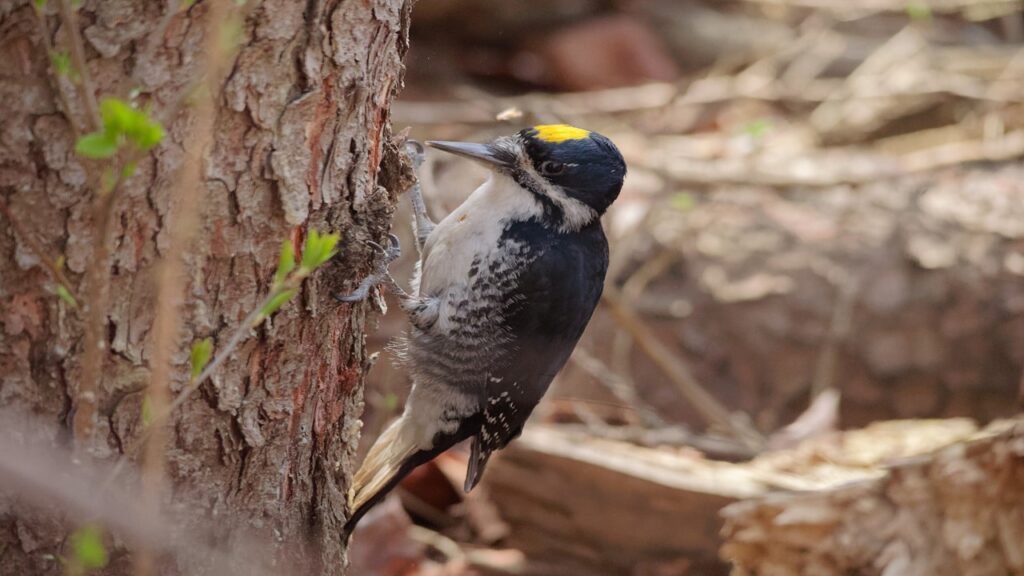
Negative effects of wildfires
1. Wildfires lead to erosion
Unfortunately, wildfires also affect the property of soils. Burnt materials from extremely hot fires may infiltrate the soil and form a waxy layer on soil particles. As a result, water cannot infiltrate the ground during rainfall.
As the roots of plants have been burnt, they can no longer hold the soil particles in place. Consequently, erosion occurs. What’s more, erosion will tend to be greater on steep slopes. These regions may already be subject to frequent erosion. Now, the loss of vegetation cover will make the erosion problem even worse.
2. Leads to secondary hazards like flooding and landslides
Additionally, erosion can lead to secondary hazards like flooding and landslides immediately after the fire event. Heavy rainfall after a wildfire may significantly increase the number of landslides. In general, debris flow can last 2 to 3 years following wildfires after which normal occurring rain no longer trigger them.
For example, an intense, short-duration rainfall led to debris flow along the Montagna Del Morrone in 2017 after a wildfire event.
3. Air pollution
Wildfires typically release smoke, various gases and soot that contribute to air pollution.
In fact, the 2017 North American fire pushed smoke all the way into the stratosphere, circling the globe in almost two weeks! Generally, it’s volcanic eruptions that can push smoke that far, rarely fires.
Increase the amount of fine particles in air
Smoke and soot particles increase the amount of fine particles (particulates; diameter < 2.5 µm) in the air. As it is, wildfires are a major source of particulates which are health hazards. What’s more, as wind blows, it carries the particulates along. Several times indeed particulates from fires in Mexico, Central America reached Texas, Southern America.
Wildfires can form smog
Wildfires can also form smog when they release large amounts of carbon monoxide, nitrogen oxides and volatile organic compounds (VOCs). When sunlight reacts with these gases, it can produce ground-level ozone. Ground-level ozone is a pollutant that causes health problems like coughing and throat irritation.
4. Wildfires reduce vegetation cover
One of the most problematic impacts of wildfires is that it substantially reduces the vegetation cover. Whether it occurs in a forest or in a savannah, fire burns most of the vegetation.
Where wildfires are common, most plant species have adaptations to survive such as thick barks. But plants that are susceptible to fire as mesquite and juniper die.
In the United States, in 2020 only, 58,250 wildfires burned 10.3 million acres of land, with roughly 40% occurring in California.
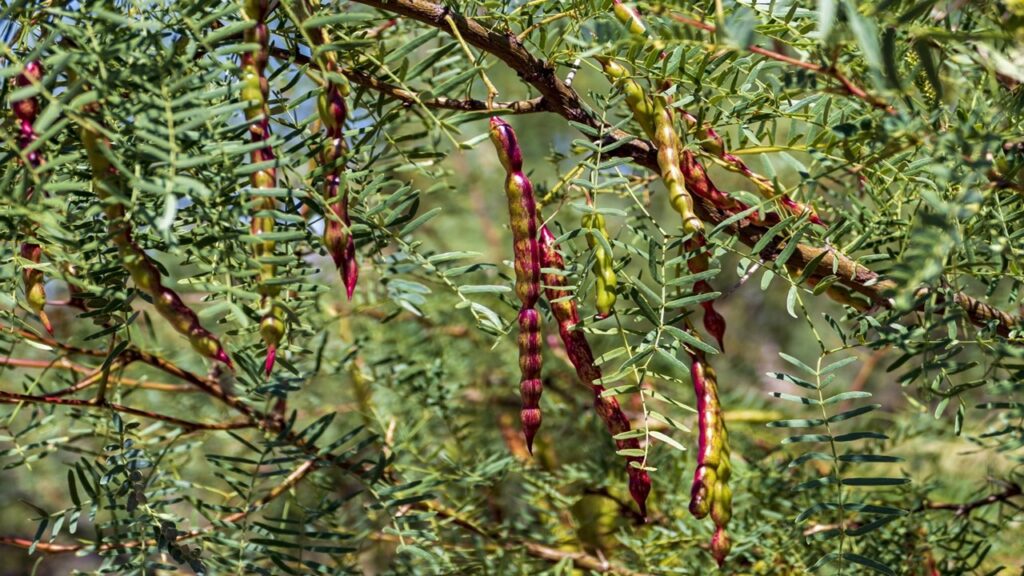
Global warming
As it is trees and plants play an important role in absorbing carbon dioxide and releasing oxygen. When we lose trees, carbon dioxide remains in the air thus worsening the issue of global warming.
5. Loss of habitat
In general, most animals are able to run away from wildfires. But huge and intense fires can kill even the fastest animals. Astoundingly, around 3 billion animals died or were displaced in the 2019/20 Australian bushfire!
At the same time, species that live in trees and on plants also lose their habitats.
For example, wildfires in the Pacific Northwest, United States, is now a growing threat to the endangered Northern Spotted Owl that inhabit the forest.
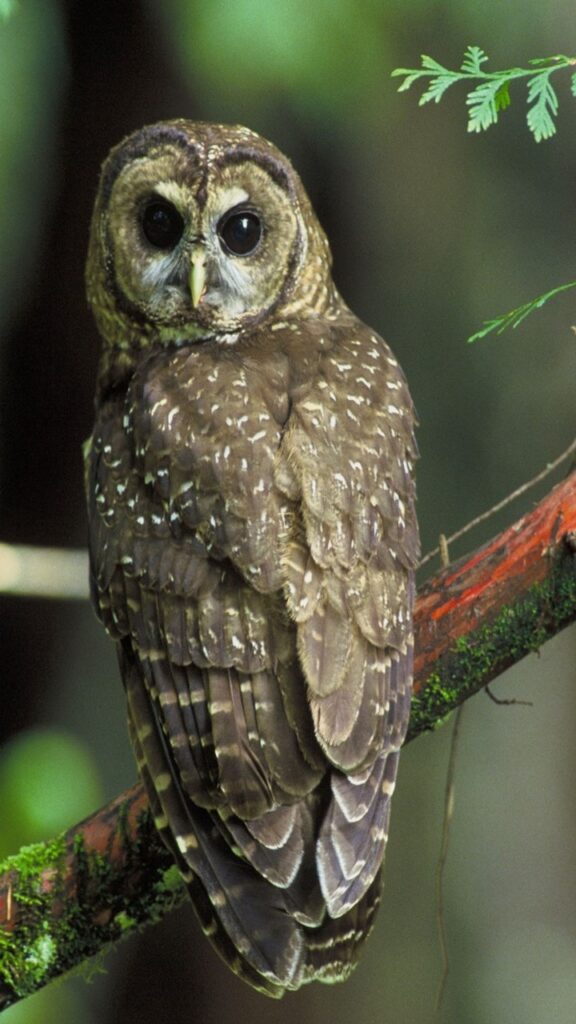
6. Damage built infrastructure
As uncontrolled wildfires advance towards human settlements, they can burn houses, property and infrastructure. The 2003 Alpine/Canberra bushfires in Australia destroyed over 500 homes, 3 bridges and 213 structures in Victoria. And the 2020 wildfire season in California destroyed around 8,500 structures.
More people live in wildland-urban interface
Today, more and more people are living on the fringes of wildlands, a place we refer to as the wildland-urban interface. We build homes and structures in undeveloped canyons and forest slope that are to prone to fires. Consequently, when a wildfire occurs in these regions, it puts thousands of homes in danger.
7. Wildfires lead to economic losses
Eventually, such damages translate into economic losses. For example, the 2020 Australian bushfire costs approach around $100 billion.
In the United States, the 2020 wildfire season cost insurers $7-13 billion.
Economic losses also include things that are more difficult to measure. Examples are disruption to businesses, decline in tourism, sick people’s bills and pollution.
8. Loss of lives and social disruption
As fires spread, people who are caught unaware often lose their lives during the events. It can occur when buildings collapse or when vehicles crash. Or smoke, heat and flames can also kill them.
Sadly, many firefighters who are protecting the land and people also lose their lives during wildfire events.
In the 2020 Australian fire, 33 people died including 9 firefighters.
Indeed, those who lose their loved ones during fire events may suffer trauma in the years to come. It can affect their family structure and lifestyles as well.
References:
- Zavala, L.M.M., de Celis Silvia, R. and López, A.J., 2014. How wildfires affect soil properties. A brief review. Cuadernos de investigación geográfica/Geographical Research Letters, (40), pp.311-331.
- Nappi, A., Drapeau, P. and Savard, J.P., 2004. Salvage logging after wildfire in the boreal forest: is it becoming a hot issue for wildlife?. The Forestry Chronicle, 80(1), pp.67-74.
- Keller, E. and DeVecchio, D., 2015. Natural hazards: earth’s processes as hazards, disasters, and catastrophes. Pearson Higher Education AU.

So helpful to me. Really enjoyed reading this article about wildfires. I will keep a lookout if I ever see one.
Thanks for the info
This was really helpful for me. Thanks for publishing and compiling such information. God Bless you!
Pingback: Controlled Fires Explained: Importance, Disadvantages - Yo Nature